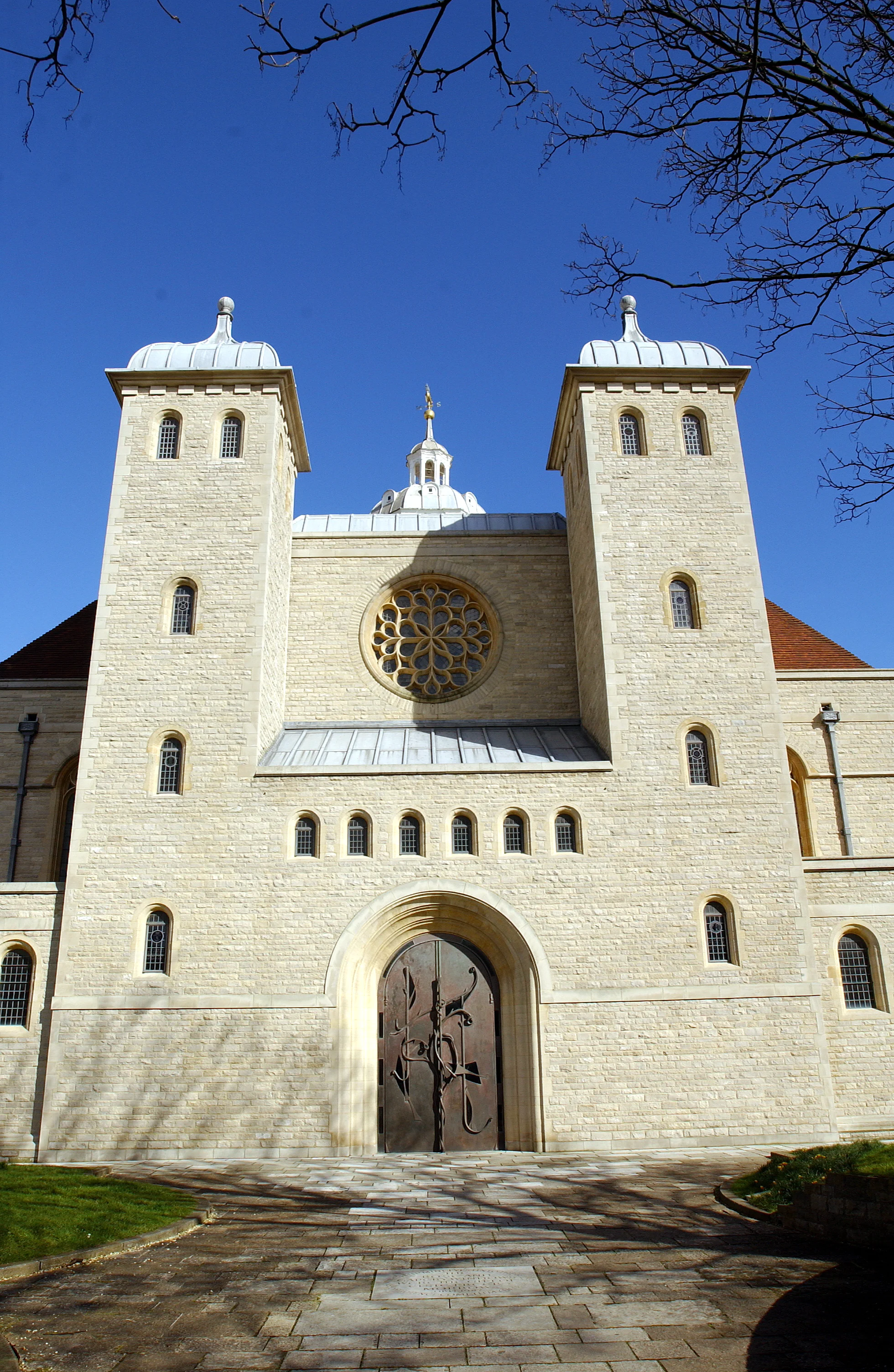Family Easter Trail
Can you find all the egg-clues hidden around the Cathedral this Easter?
Can you find all the egg-clues hidden around the Cathedral this Easter?
Explore the history of Portsmouth Cathedral, with free guided tours and hands on activities for the whole family!
A special exhibition at Portsmouth Cathedral to commemorate WWI.
This work, by Hampshire photographer John Farnhill, is the culmination of a two-year project to document some of the key sites of conflict from the First World War. Rather than seek out the usual scars of war or the memorials that are so often pictured, these current, empty and organic landscapes invite the viewer to contemplate historic events and complete their own narrative.
You can find out more about the photographer here: http://www.johnfarnhillphotography.com/gallery
Standing in Silence
In 1917 John Masefield, later to be Poet Laureate, visited the battlefields of the Somme and shortly afterwards published a book entitled “the Old Front Line” in which he wrote,
“All wars end; even this war will some day end, and the ruins will be rebuilt and the fields full of death will grow food, and all this frontier of trouble will be forgotten. When the trenches are filled in, and the plough has gone over them, the ground will not long keep the look of war. One summer with its flowers will cover most of the ruin that man can make, and then these places, from which the driving back of the enemy began, will be hard indeed to trace.”*
One hundred years on ‘these places’ are not hard to trace. Indeed many of them are marked with memorials, beautifully maintained cemeteries, and a variety of plaques, maps and markers of one sort or another. There are still traces of the Great War across the old Western Front. These often take the form of preserved trenches or the pock-marked ground of artillery shelling. Like the larger memorials these places may well have a visitor centre attached to them and all are part of a thriving tourist industry. People come from all over the world to visit the grave of a relative, school parties descend on the giant monument at Thiepval, the Menin Gate at Ypres and Newfoundland Park. Images of the graves, the cemeteries, the scarred landscapes, the disused shell cases stacked by the roadside and the detritus of a war fought long ago are all too familiar. Perhaps we have even become anaesthetised to their impact.
But what of the actual places where the fighting took place? Where the trenches used to be and where men had stood, in silence, awaiting the whistle that would send them into a hell on earth, the like of which we can only begin to imagine. There may be nothing to see other than the land itself, but the aura of these places is tangible and moving. I have been there, and this feeling was so intense that, rather than seek out the aftermath of conflict or the usual scars of war that are so often pictured, I photographed the fields of war and focused on the empty landscape as a pictorial strategy in order to open up a space which is designed to awaken the collective memory, stimulate the viewer to contemplate the events that occurred in these places and complete their own narrative.
*Masefield, J (1917, 2006 Ed). "The Old Front Line". Yorkshire; Pen & Sword Military
Come and visit Portsmouth Cathedral as part of the Heritage Open Days - we would be delighted to see you!
Come and visit Portsmouth Cathedral as part of the Heritage Open Days - we would be delighted to see you!
Come and visit Portsmouth Cathedral as part of the Heritage Open Days - we would be delighted to see you!
Many of the world’s displaced remain hidden or ignored. Will you read their stories and join us as we fight for a fair deal for all displaced people?
Many of the world’s displaced remain hidden or ignored. Will you read their stories and join us as we fight for a fair deal for all displaced people?
Many of the world’s displaced remain hidden or ignored. Will you read their stories and join us as we fight for a fair deal for all displaced people?
Many of the world’s displaced remain hidden or ignored. Will you read their stories and join us as we fight for a fair deal for all displaced people?
Many of the world’s displaced remain hidden or ignored. Will you read their stories and join us as we fight for a fair deal for all displaced people?
Many of the world’s displaced remain hidden or ignored. Will you read their stories and join us as we fight for a fair deal for all displaced people?
Many of the world’s displaced remain hidden or ignored. Will you read their stories and join us as we fight for a fair deal for all displaced people?
Many of the world’s displaced remain hidden or ignored. Will you read their stories and join us as we fight for a fair deal for all displaced people?
Many of the world’s displaced remain hidden or ignored. Will you read their stories and join us as we fight for a fair deal for all displaced people?
Many of the world’s displaced remain hidden or ignored. Will you read their stories and join us as we fight for a fair deal for all displaced people?
Many of the world’s displaced remain hidden or ignored. Will you read their stories and join us as we fight for a fair deal for all displaced people?
Join us for a Tour of the Cathedral Clock - prior booking essential.





